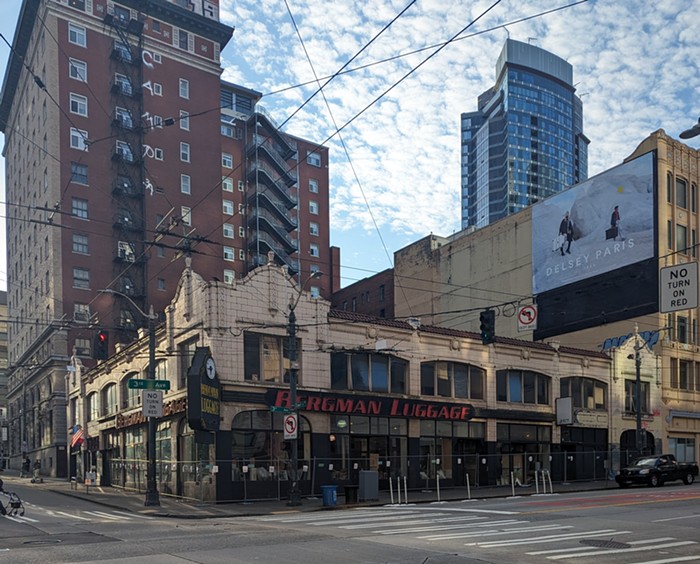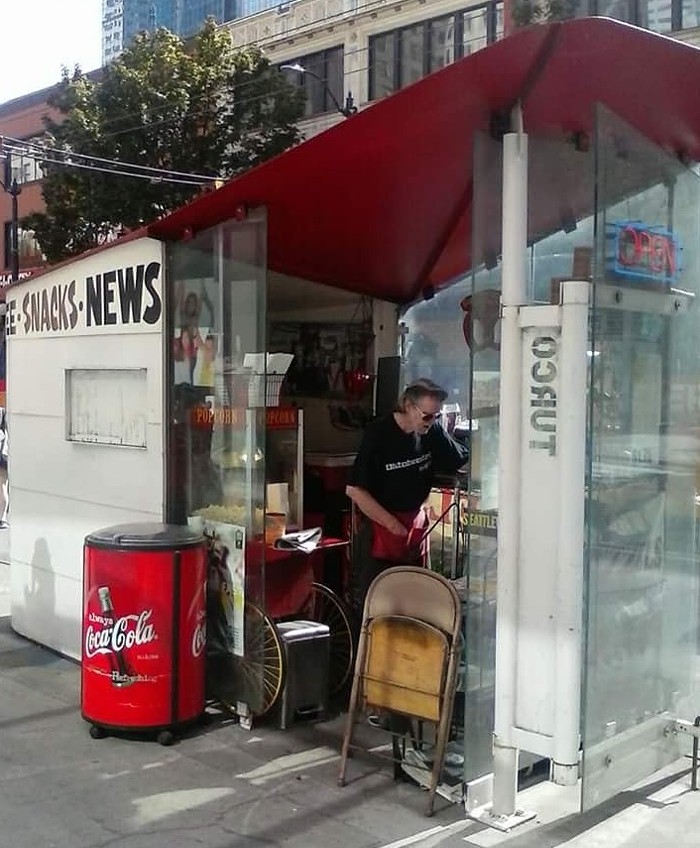
I wasn’t lucky enough to be born into money, and as such, I’ve worked my share of shitty jobs over the years in order to pay the bills. I was once fired from a Subway franchise because I called in sick one day, foolishly assuming that customers didn’t want their sandwiches infected with whatever contagion I had been carrying. I briefly washed dishes at a Sbarro Pizzeria franchise where the manager doctored my time sheets to cheat me on my meager hourly pay, and I was a cashier at a Winn-Dixie grocery store where the manager drank vast quantities of the house brand mouthwash because the corporate office wouldn’t let him drink hard liquor in the store. To his credit, he always had fresh breath.
By far the worst job I ever had, though, was right after I had finished grad school and already had over a decade of professional experience in the architecture field under my belt. I had moved to New York to take a job with a boutique firm that did a lot of high-end residential work, and I quickly realized that the owner of the firm was a trust fund sociopath with the attention span of a gerbil, not at all unlike a certain occupant of the White House. I was sending out resumes and calling recruiters before I had even finished my first week there.
One morning he threw a full-on temper tantrum in the office because a vendor in California wasn’t answering her office phone at 9:00 AM Eastern time. Another incident that sticks in my mind was when he berated me in front of my colleagues because I didn’t know the brand names of the high-end kitchen appliances I was supposed to be using as a basis of design for the custom cabinetry I was detailing. “You know: Miele, Sub-Zero, Thermador, Viking, Gaggenau,” he angrily rattled off, utterly incredulous that I didn’t somehow didn’t learn this stuff at boarding school.
Sorry, boss, but there are two things I’d like to point out in my defense: First, in the houses and apartments I grew up in, the kitchen appliances were brands that could be purchased at the local Sears store. And secondly, most of my prior professional experience until that point had involved working on transit projects, university buildings, and healthcare facilities. Those types of buildings don’t have $10,000 Sub-Zero fridges in the staff rooms.
That episode about the kitchen appliances came to mind when the Seattle Times excreted an editorial so tone-deaf and oblivious to reality that Marie Antoinette would’ve been embarrassed to read it. My heart bleeds for smart journalists like Mike Rosenberg who see their hard work sabotaged by hidebound and parochial publishers who can see only as far as the exclusive shores of Mercer Island.
For months, Rosenberg has been documenting Seattle’s housing crisis with exhaustive research and hard data. The editorial board ignored all that research, choosing instead to hype specious claims about “neighborhood character” — always the last resort of NIMBYs who have no other arguments — without bothering to define what neighborhood character actually means. Presumably it doesn’t involve neighborhoods that their staff reporters can actually afford to live in.
The editorial cites an unnamed city study for its figures, and then immediately contradicts those figures. One paragraph claims the modest proposal to allow accessory dwelling units in single-family zones will only yield "a negligible 0.4 percent increase in housing stock." Two sentences later, the authors claim the zoning increase will triple housing density throughout the city. (If only!) How does that math add up? Maybe the Seattle Times should consider re-hiring some of those copy editors they’ve laid off.
Doug Trumm at The Urbanist does a good job of poking holes in the rest of the editorial’s spurious data, but it’s worth taking a closer look at the laughable claim that Seattle’s single-family neighborhoods provide opportunities for young people to buy “starter homes”.
For the sake of argument, I’ll use data from my own profession: A newly-licensed architect with a master’s degree and five years of experience can expect to make a salary of about $70,000 on the west coast. Assuming $500 per month in debt payments and an FHA loan that only requires 3.5% down, our young architect can afford about $283,000 worth of house. A quick search of Realtor.com yields exactly one single-family house within the city limits in that price range. Based on the MLS photos for that listing, I wouldn’t go anywhere near that property without a hardhat and bulldozer.
Even if our young architect friend is lucky enough to be married to somebody who makes the same salary, effectively doubling their purchasing power, they still end up more than $200,000 short of the average home price in the city. Starter homes in Seattle? Not since Pearl Jam was putting out music on cassette tape.
The Seattle Times editorial displays the kind of obliviousness to reality that can only be displayed by somebody who has never bagged groceries for a living: Somebody lucky enough to have been born into the Blethen family fortune and who literally lives on an exclusive island, and who can’t fathom why people sleeping in tents won’t simply buy themselves a nice "starter home" in Magnolia with a Sub-Zero fridge, or why urban neighborhoods in a major city should look any different than the verdant lanes of Mercer Island.
So, while the Seattle Times is pouring one out for the millionaire homeowners who are supposedly the true victims of Seattle’s housing crisis, pour another out for the poor journalists like Mike Rosenberg who work for such clueless trust fund babies.
David Cole, AIA, is an architect in Seattle.


















